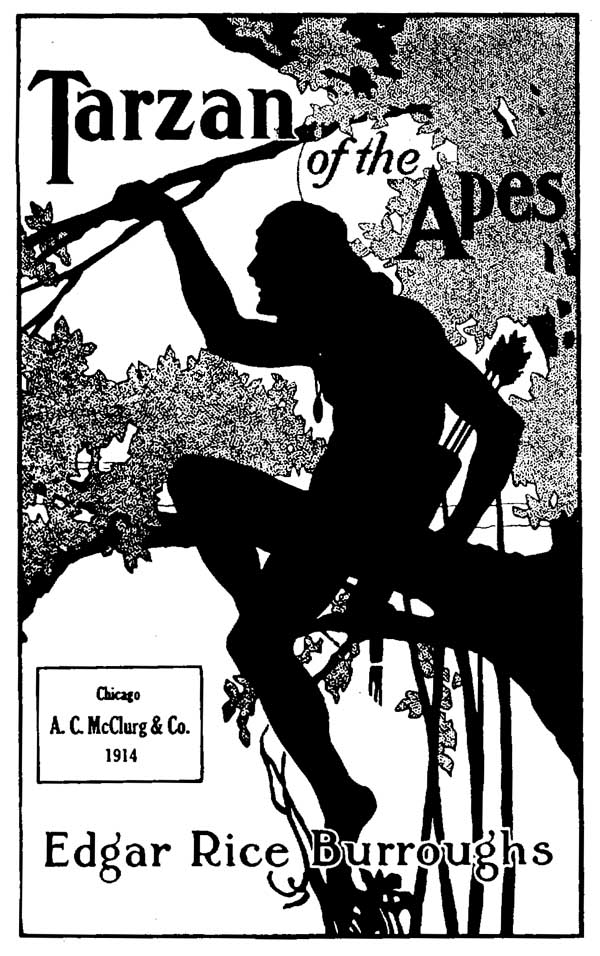- apes: gibbons, great apes
- gibbons (or lesser apes): Hoolock, Hylobates, Nomascus, Symphalangus
- great apes: African apes, Pongo
- African apes: Gorilla, Homo, Pan
There is one possible vernacular term I've seen for this clade, and it comes from an unexpected source.

Tarzan is one of the most popular and enduring fictional creations of the 20th century. Everyone knows he was raised by apes—but what kind of apes? In various films they are depicted as gorilla-like (e.g., Disney's Tarzan) or chimpanzee-like (e.g., Greystoke: The Legend of Tarzan, Lord of the Apes). What were they in the novels?
The author, Edgar Rice Burroughs, never attempted to identify them scientifically. In the novels they have a primitive, guttural language, and they call themselves mangani. They are not gorillas, because they have another word for those (bolgani). Chimpanzees are never mentioned in the novels.
Interestingly, the mangani also use the word mangani for humans. For example, black people are gomangani and white people are tarmangani. So, in their own self-taxonomy, there is a group that includes themselves and humans, but excludes gorillas. Sound familiar?
The mangani can't be chimpanzees, because they are much larger (although less massive than gorillas). Like chimpanzees, they are fairly arboreal, but, unlike them, they do not use tools (apart from logs as drums, perhaps), do speak a language, and do not hunt cooperatively. Still, considering that chimpanzee behavior in the wild was virtually unknown when Burroughs was writing, and that chimpanzees were not thought to be closer to humans than to gorillas, perhaps he can be given some leeway here, since his prescience is otherwise impressive. (Especially given the recent discovery of a possible population of giant chimpanzees in the Bili Forest of the Congo.)
I'd love to learn of a good vernacular term for the human-chimpanzee crown clade, but until such a time as I do (or the formal nomenclature becomes actually useable), I like the idea of referring to humans, common chimpanzees, bonobos, Ardipithecus, "Lucy", Australopithecus, Floresian "hobbits", Homo erectus, Neandertals, etc. as "mangani".
Awesome idea.
ReplyDeleteIt would be so cool if that became a common term...
Thanks -- well, it certainly doesn't have much competition!
ReplyDeleteI emphatically support the idea. :D
ReplyDeleteIncidentally, this also means we can discuss whether certain Miocene taxa (Sahelanthropus, Orrorin, Ardipithecus kadabba) are mangani or stem-mangani.
ReplyDelete